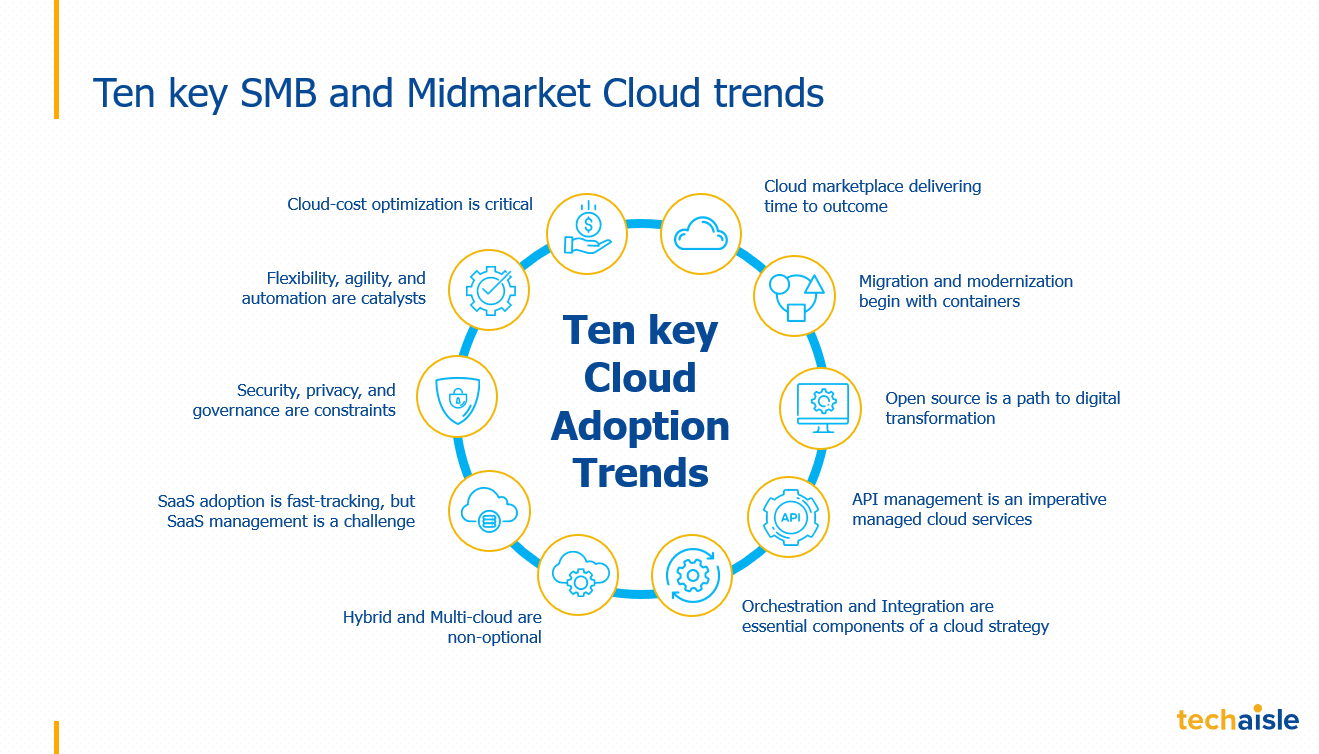It is the best of places; it is the worst of places. The famous opening line echoed from the Dickens masterpiece “A Tale of Two Cities” describes a period in which opposites – wisdom and foolishness, light and darkness, hope and despair – exist side by side. The events and depths of emotion described in the novel are much more extreme than the scenarios cloud and overall IT adoption presents to businesses. But the notion that there are opposing elements of opportunity and requirement associated with the cloud would ring true to SMB and midmarket executives, who need to balance the new business outcomes that they can achieve via cost-effective cloud/IT solutions with the need to safeguard users, data, and applications from malicious intruders. The upside is competitiveness in a fast-moving economy; the downside is destroying customer relationships and corporate reputations at the core of business success. Where is the safe middle ground – the approach that results in optimal business protection and access to the upside associated with cloud/IT solutions?
The market is buzzing with discussions on zero trust (ZT). A Techaisle survey of 2035 SMBs and Midmarket firms shows that 8% of small businesses, 46% of core-midmarket firms, and 69% of upper midmarket firms know of ZT and that 21% of SMBs and 64% of midmarket firms consider its adoption either very important or important. Critical reasons for adopting zero trust include reducing insider threats, breach prevention, compliance, mitigating endpoint threats, and managing hybrid IT and remote work security issues.
However, most firms need to be made aware that ZT is not a product but a framework that requires a focus on the journey and strategy. Regardless, 14% of “in the know” SMBs and 35% of upper midmarket firms have begun planning their investments in ZT technology, initially focusing on identifying their critical digital assets and security vulnerabilities.












